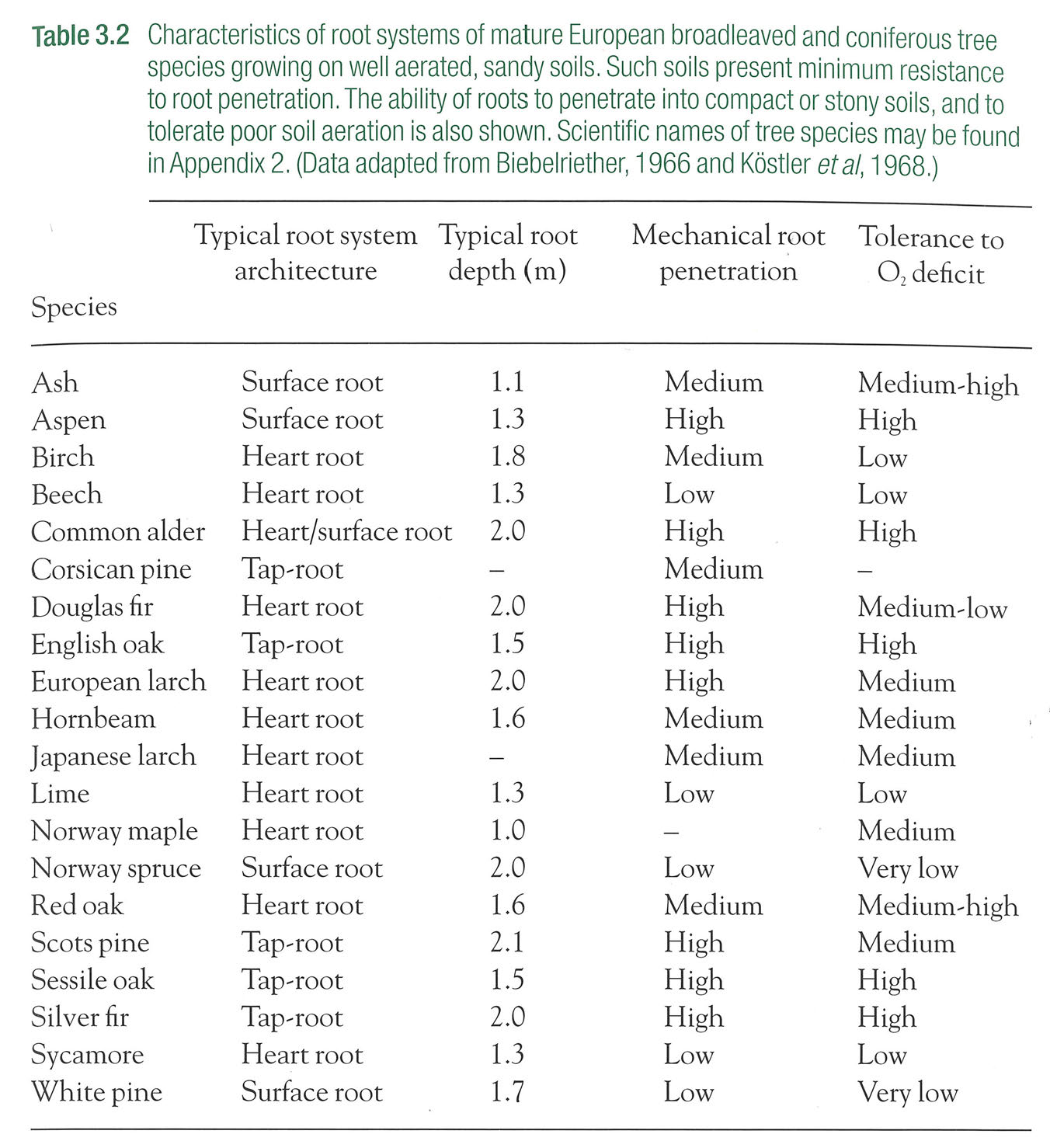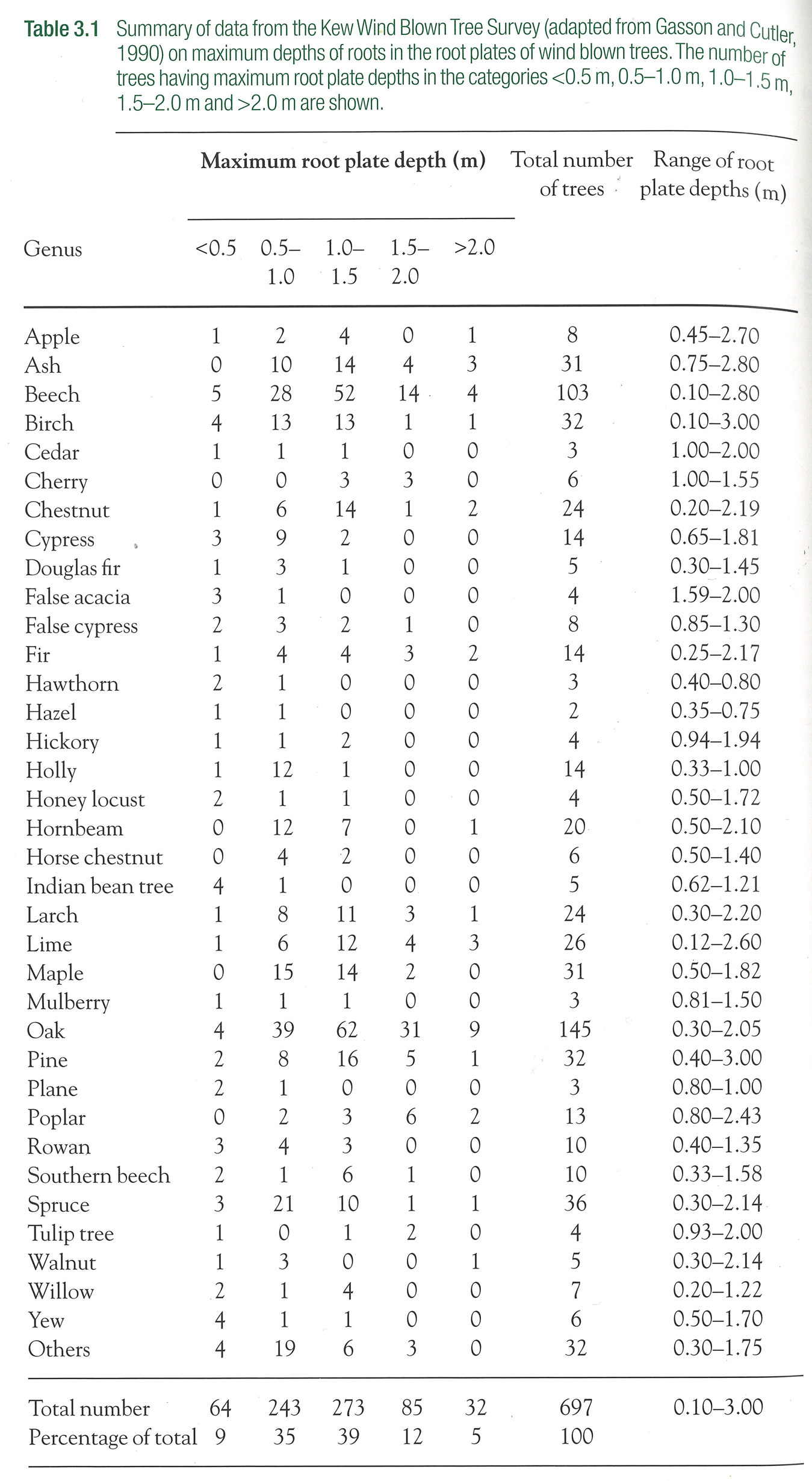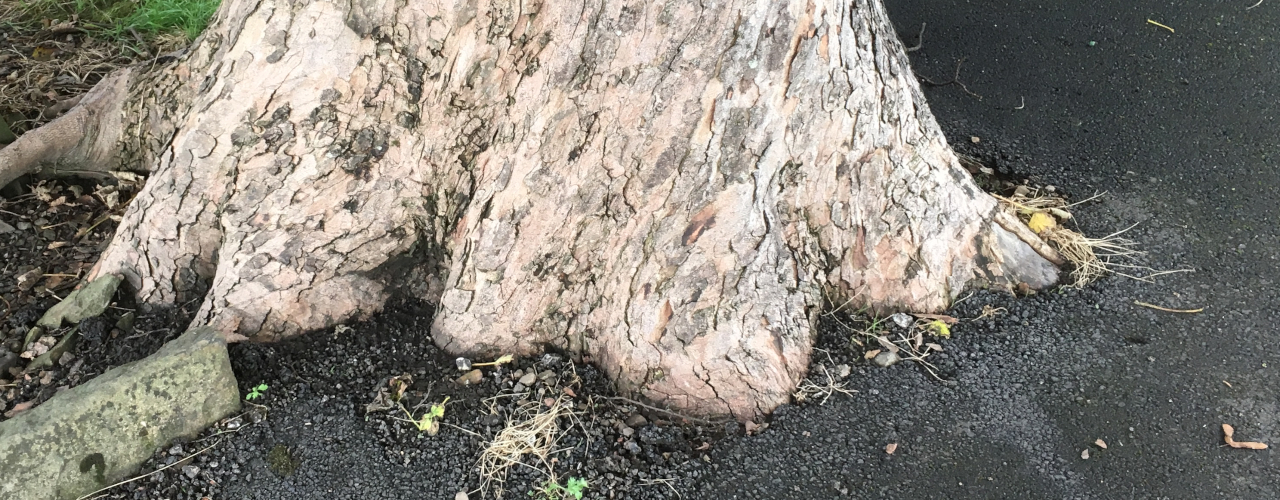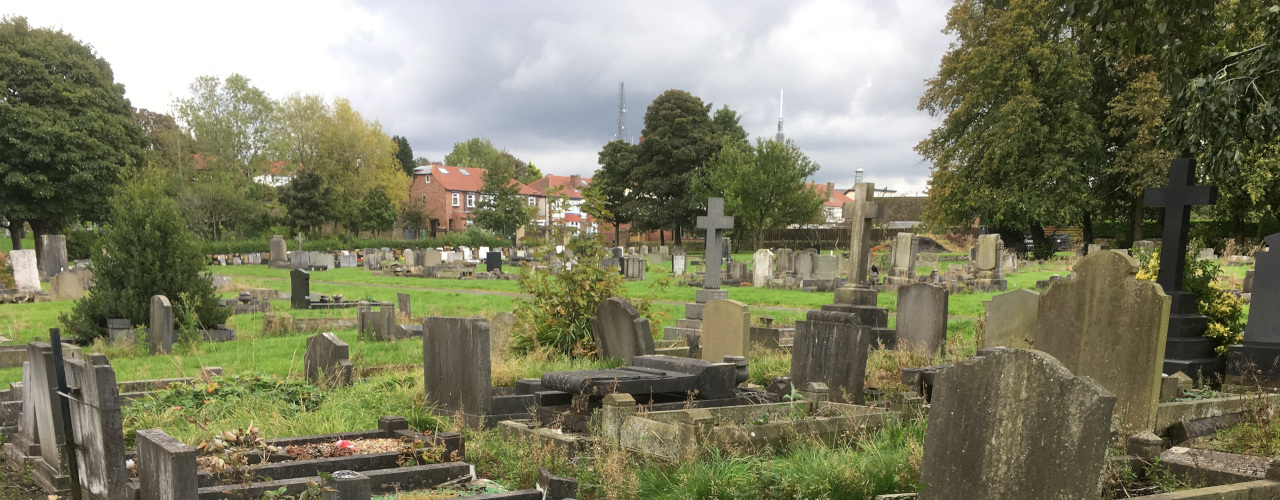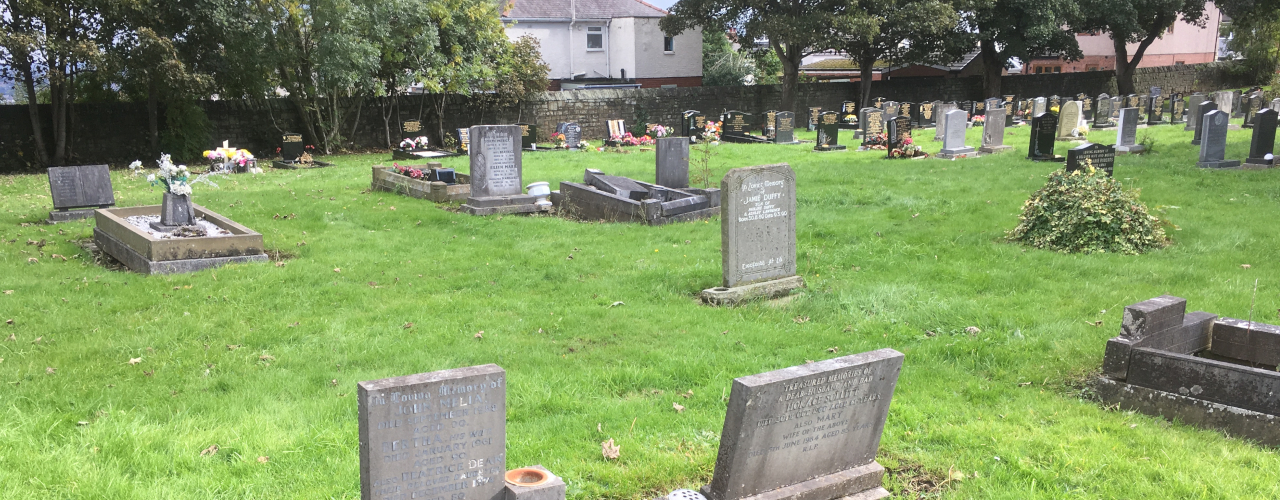Residential Trees (Part 6) - Protecting Paving
In urban landscapes there are often concerns with whether trees will cause damage adjacent to hard surfaces.
Trees with shallower root systems are more prone to pavement damage. Also, trees confined to spaces with inadequate rooting volumes are more likely to break through the barriers restricting them, causing damage to hard surfaces.
Where soil is compacted, roots are likely to be higher in the soil profile, increasing the risk of damage to hard surfaces.
Damage to adjacent hard surfaces can be avoided by:
-
Selecting tree species with root systems other than surface root systems
-
Making sure the tree has enough rooting volume available
-
Avoiding excessive compaction of soil
-
Installing root barrier (300mm is usually sufficient) in places where trees are in close proximity to hard surfacing – however the tree must still have enough rooting volume available, or it will die
-
Making sure the distance between the trunk and paving is not too small (see below for an example where this has gone badly)
A couple of sources categorising trees by root system architecture and rooting depth are shown below:
